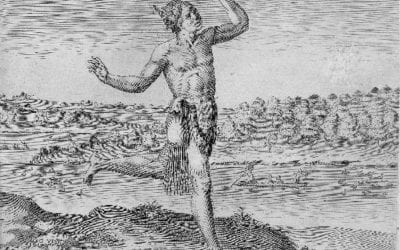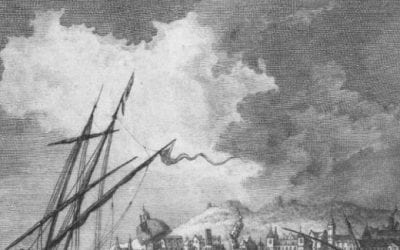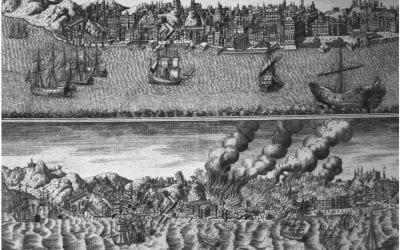About Hurricanes and Other Vicissitudes
T’was the night before the hurricane and out came the pasteles (Puerto Rican tamales), along with batteries, candles, radios, matches and canned goods. This may sound like a strange way to prepare for an emergency, but for my family, saving grandma’s pasteles was a priority. Since electricity is usually the first thing to go during a hurricane, the meal before the storm was terrific. Frozen delicacies had to be hastily cooked, or else, they would go bad. Perhaps, because of this, I recall hurricanes rather fondly.
During my formative years in the1970s and 80s, the National Weather Service Forecast Office reported that twelve hurricanes or storms swept through Puerto Rico.Most were moderate, except for Hurricane David (1979) which razed the Dominican Republic, and Hurricane Hugo (1989) which went on to devastate South Carolina. Despite the floods, the disease and devastation that sometimes followed, my memories of hurricanes are surprisingly ordinary. I vividly recall the howling sound of the wind and the sight of tree branches and street signs flying down the street. But I also recall our pet chihuahua, Chico, who ran off with a gang of stray dogs during a storm never to return.
I think of the mango tree outside my bedroom that was practically uprooted by Hurricane David. My family worked hard to rescue that tree. We propped it up with wooden studs and rope, but it was never the same. It survived and continued to grow at about a 45 degree angle, but the mangos became bitter and susceptible to disease. I also remember the races to collect water in the days preceding a storm. That seemed a bit ironic given the amount of rain that typically fell. I remember collecting water in the bathtub and every other container I could get my hands on. Puerto Rico may be an island surrounded by water, but water is a chronic problem and a source of national anxiety.
People are also awfully resourceful in the face of adversity. They hustle to survive. My father was particularly adept at this. During a storm, he could always locate an ice-making machine at a nearby hotel or office building. Even without a working refrigerator, he could offer a cold beer in the sweltering heat. He also knew how to get fresh water, either from a mountain spring off some dirt road or from the desalinization plant at the local military base. Hurricanes, my friends, require talent and cunning.
While most Puerto Rican homes are built of concrete, it is not unusual to have wooden sheds or garages covered with corrugated aluminum planks. Thus, plenty of sharp metal planks fly around during every hurricane, as expected and seen on the Weather Channel. But there are also pasteles, lost pets, injured mango trees and precious ice-making machines. You may not find these images in the news, but they keep hurricanes very much alive in me.
Winter 2007, Volume VI, Number 2
Neida M. Jiménez is Assistant Director of Academic and Development Coordination, Alumni Affairs and Development, Harvard University. She can be reached at neida_jimenez@harvard.edu.
Related Articles
Environmental Stress and Rainmaking
When Europeans first attempted to settle in North America north of the Rio Grande, their confrontations with Indian cultures were marked by cosmic struggles over environmental…
“Bury the dead and feed the living”
“Bury the dead and feed the living.” These were the words attributed to Portugal’s pragmatic, all-powerful first minister, the Marquês de Pombal, as he contemplated the damage wrought by…
The Jesuit and the Jew
Such a Spectacle of Terror and Amazement, as well as the Desolation to Beholders, as perhaps had not been equalled from the Foundation of the World.” Thus an English merchant writing…




